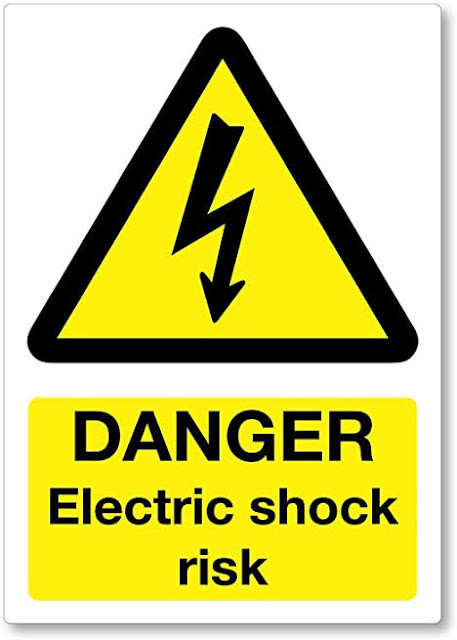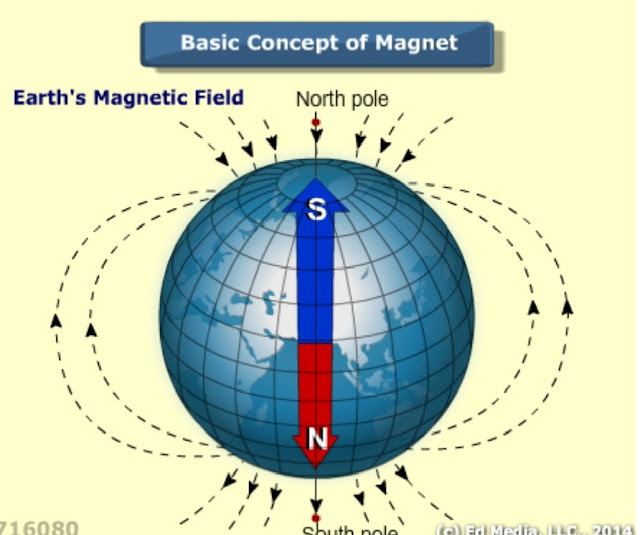ELECTRICAL SHOCK - CAUSE, SYMPTOMS, FIRST-AID, TREATMENT & SAFETY

ELECTRICAL SHOCK - CAUSE, SYMPTOMS, FIRST-AID, TREATMENT & SAFETY In this article you learn about electric shock, its symptoms, first aid, electrical safety and its treatment An electric shock happens when an electric current passes through your body. This can burn both internal and external tissue and cause organ damage. BELOW TWO PICTORIAL SYMBOL TO ALERT AGAINST ELECTRICAL SHOCK RISK Electric shock is due to the flow of current through your body. This is often from hand to hand or from hand to foot. A shock current as low as 15mA a.c or d.c may be fatal.. obviously the size of shock current is related to the applied voltage and your body resistance. Unfortunately, your body resistance goes down as the applied voltage goes up. This means shock current further increased at high voltages. The size of your body resistance also depends on other factors such as your state of health, the degree of contact with live wires and the dampness on your skin. Do you know what is t

